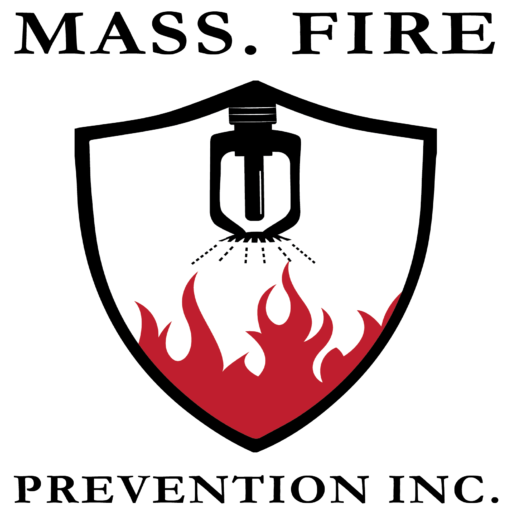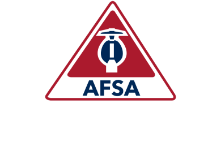WHY INSTALL FIRE SPRINKLERS IN NEW HOME
Over 80% of all fire deaths occur in the home. The single most effective way to prevent fire-related deaths is the installation of residential fire sprinklers.
- Modern homes burn 8 times, 800%, FASTER than older homes. Your customers typically have less than 3 minutes after the smoke alarm goes off to get their family out safely!
- Three out of four (74%) of U.S. homeowners who were educated about how fire sprinklers worked, said they would be more likely to buy a home with fire sprinklers than one without.
- Nearly 60% of informed homeowners say fire safety is very important to them and that the majority would rather buy a sprinklered home.
- Home fire sprinkler systems are one of the top four most desired items by informed homeowners.
- Seven out of ten (70%) informed home owners say a sprinklered home has more value than a home without sprinklers.
HOW DO FIRE SPRINKLERS WORK?
• Fire sprinklers are life safety systems; therefore installation is required only in living areas.
• Fire sprinklers are activated by heat. Smoke and/or smoke alarms will not activate a fire sprinkler.
• Only the sprinkler head activated by the heat will discharge. Water from the sprinkler contains or extinguishes the fire.
• The sprinkler nearest a fire will operate automatically while the fire is still small, controlling or extinguishing it. In 90% of structure fires, only one or two sprinkler heads activate, protecting surrounding rooms from fire, heat, smoke and often water damage.
• Sprinkler piping is installed behind walls and ceiling, just like plumbing.
• Home fire sprinklers are most often supplied with the domestic water supply. The requirements for a residential (13D) system are a significant cost savings over 13R and 13.
WHAT ARE THE COST BENEFITS OF FIRE SPRINKLERS?
According to most recent reports, incentives saved homebuilders approximately $1,949.00 per building lot and saved developers approx- imately $1,271.00 per lot and $10,752.00 per cul-de-sac.2
Incentives currently implemented in commu- nities around the country include:
• Reduced or waived fees
• Improved fire ratings for building assemblies
• Reduction in property taxes
• Reduced requirements for the number of fire hydrants in a development
• Reduced requirements for minimum road width
• Reduced requirements for fire flows
• Reduced requirements for cul-de-sac width
• Increased allowable dead-end street length
Established in 1905, the National Fire Sprinkler Association (NFSA) is the voice of the fire sprinkler industry. NFSA leads the drive to get life-saving and property protecting fire sprinklers into all buildings; provides support and resources for its members – fire sprinkler contractors, manufacturers and suppliers; and educates authorities having jurisdiction on fire protection issues. Headquartered in Linthicum Heights, MD, NFSA has regional operations offices throughout the country.


